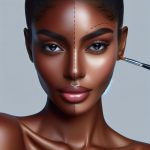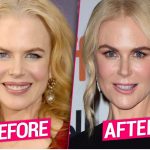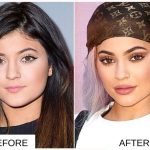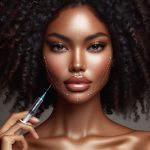Global Dermal Fillers Market : A Snapshot
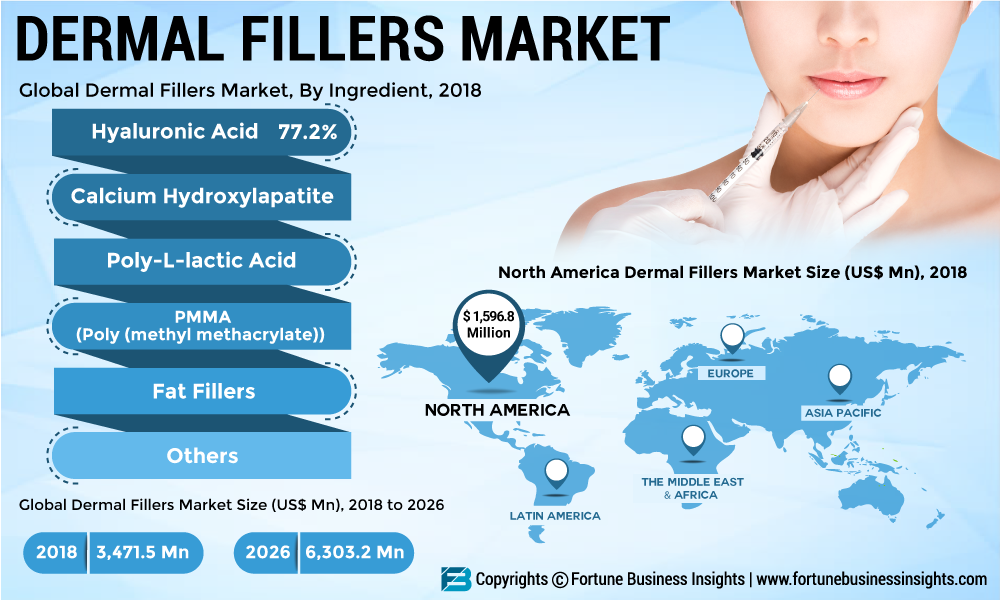
The global dermal fillers market has witnessed significant growth and transformation, reshaping the landscape of aesthetic enhancements. As of 2018, the market exhibited a notable inclination towards certain types of fillers, with hyaluronic acid leading the pack at 77.2%. This comprehensive overview delves into the intricacies of the global dermal fillers market, highlighting key players and regional market sizes while projecting trends through 2026.
| Filler Type | Market Share | Characteristics | Common Applications |
|---|---|---|---|
| Hyaluronic Acid | 77.2% | Versatile and effective, addressing wrinkles and volume loss | Wrinkle reduction, facial contouring |
| Calcium Hydroxylapatite | – | Longer-lasting results, suitable for facial volume loss | Facial contouring, addressing volume loss |
| Poly-L-lactic Acid | – | Collagen-stimulating, providing gradual and natural results | Deeper facial folds, volume restoration |
| PMMA (Poly (methyl methacrylate)) | – | Semi-permanent with durable results | Pronounced volume augmentation, acne scar corrections |
| Fat Fillers | – | Utilizes autologous fat for natural volume enhancement | Organic approach for volume enhancement |
| Others | – | Encompasses various fillers with distinct formulations | Tailored applications based on formulation |
Regional Market Sizes: North America, Europe, Middle East & Africa, Asia Pacific, Latin America
North America:
The North American market led the global dermal fillers market in 2018, boasting a market size of 1,596 billion USD. Key factors contributing to its dominance include a robust healthcare infrastructure and high consumer awareness.
Europe:
Europe is a diverse market with varying preferences across countries. Western European nations exhibit a high demand for dermal fillers, while Eastern European nations are witnessing a growing interest in aesthetic enhancements.
Middle East & Africa:
The Middle East & Africa region is experiencing a surge in demand for dermal fillers, driven by a beauty-conscious population and a burgeoning medical tourism industry.
Asia Pacific:
Asia Pacific is a key player in the global dermal fillers market, with countries like South Korea and Japan leading the demand for innovative aesthetic procedures.
Latin America:
Latin America has emerged as a dynamic market for dermal fillers, with countries like Brazil contributing significantly to the region’s market size.
Projection to 2026: Anticipating Market Trends
The global dermal fillers market is projected to exhibit continued growth, with several trends shaping its trajectory through 2026:
- Technological Advancements: Continued research and development are expected to introduce advanced formulations with longer-lasting results and reduced side effects.
- Rise in Non-surgical Procedures: The trend towards non-surgical cosmetic procedures is anticipated to persist, driven by a preference for minimal downtime and less invasive options.
- Emerging Markets: Markets in Asia Pacific, Latin America, and the Middle East & Africa are expected to witness substantial growth, fueled by rising disposable incomes and an increased focus on aesthetics.
- Customized Treatments: The demand for personalized and customized filler treatments is expected to rise, with providers tailoring procedures to individual needs and preferences.
- Collaborations and Partnerships: Collaboration between pharmaceutical companies and aesthetic clinics is projected to increase, fostering innovation and expanding the availability of dermal fillers.
- Regulatory Compliance: Stringent regulatory frameworks are expected to be established or reinforced, ensuring the safety and efficacy of dermal fillers in the market.
Navigating the Evolving Dermal Fillers Landscape
The global dermal fillers market is dynamic, with regional variations and technological advancements influencing its trajectory. As we move towards 2026, staying abreast of these trends empowers both consumers and industry stakeholders to navigate the dynamic landscape of dermal fillers with confidence and foresight.



